The 585 students and teachers of Emachembe Primary School struggle to access sufficient water to meet their daily needs. Without a reliable water source on their school campus, everyone misses essential class time, eliminating chances of a brighter future for students.
The primary water source the school relies on is an overcrowded community borehole that everyone shares, but not always peacefully. And getting to the water point is risky for students as they must cross a dangerous, busy road. It is a trek students and teachers dread each day.
"The pupils use a borehole outside the school compound. Pupils are forced to cross the road to go on the other side [of the road], which is very dangerous because the road is usually busy with motorbike riders who are not usually keen and [go at a] high speed, especially when approaching the school," said field officer Betty Muhongo.

Twelve-year-old student Beatrice A.(shown below) shared how collecting water at the community borehole makes her feel. "At times, there is a long queue at the water point. This leads to scrambling, which in turn causes a lot of wrangles between the pupils and community members. This happens because no one wants to get late. Most of the time, fights erupt, and we are punished for that."

"The borehole serves the entire community and the school. The queue is usually very long in the morning and evening hours. A lot of time is wasted, and pupils waste their precious time that could be used for revision. The school program has really been affected, leading to [the] incompletion of [the] syllabus at the end of the school year. When the borehole breaks, the community members take [a] long to contribute whatever percentage is needed from them for repairs. The school has been paying most of the time," continued Betty.
Teacher Gerald Mutoko, 40, shown below supervising students collecting water from the community well, gave his perspective as a teacher who spends much of his day outside the classroom. "Whenever [I] am on duty, the first thing that comes to my mind is getting water to be used at school because I need to be there to supervise pupils as they bring water. Since they have to go outside the school compound, I am supposed to accompany them. That makes my work hard. The week ends up being boring, and I normally lose the morale of going to class to teach my lessons."

The energy of students and teachers is consumed by not having a waterpoint nearby, but installing a well at the school will enable everyone to return their focus to learning and make the future brighter. It will also relieve the pressure on the community well and reduce everyone's water scarcity so they can hopefully have more peace within the community.
Water at schools is unique, which is why we need unique solutions.
The Proposed Solution, Determined Together...
At The Water Project, everyone has a part in conversations and solutions. We operate in transparency, believing it benefits everyone. We expect reliability from one another as well as our water solutions. Everyone involved makes this possible through hard work and dedication.
In a joint discovery process, community members determine their most advantageous water solution alongside our technical experts. Read more specifics about this solution on the What We're Building tab of this project page. Then, community members lend their support by collecting needed construction materials (sometimes for months ahead of time!), providing labor alongside our artisans, sheltering and feeding the builders, and supplying additional resources.
Water Access for Everyone
This water project is one piece in a large puzzle. In Kenya, Sierra Leone, and Uganda, we're working toward complete coverage of reliable, maintained water sources that guarantee public access now and in the future within a 30-minute round trip for each community, household, school, and health center. One day, we hope to report that this has been achieved!
Training on Health, Hygiene & More
With the community's input, we've identified topics where training will increase positive health outcomes at personal, household, and community levels. We'll coordinate with them to find the best training date. Some examples of what we train communities on are:
- Improved hygiene, health, and sanitation habits
- Safe water handling, storage & treatment
- Disease prevention and proper handwashing
- Income-generation
- Community leadership, governance, & election of a water committee
- Operation and maintenance of the water point
Handwashing Stations
Alongside each water source, we also provide two new gravity-fed handwashing stations that will allow everyone at the school to wash their hands without running water. Handwashing is so important to help prevent future water-related illnesses in the school community.
The student health club will maintain the stations, fill them with water, and supply them with soap (which we will teach the school community how to make during the training!).
VIP Latrines
In addition, we will construct two triple-door Ventilated Improved Pit (VIP) latrine blocks designed to prevent fecal disease transmission. Each latrine will have a cement floor, which is easy to use and clean regularly. Three doors will serve the girls, and three doors will serve the boys.
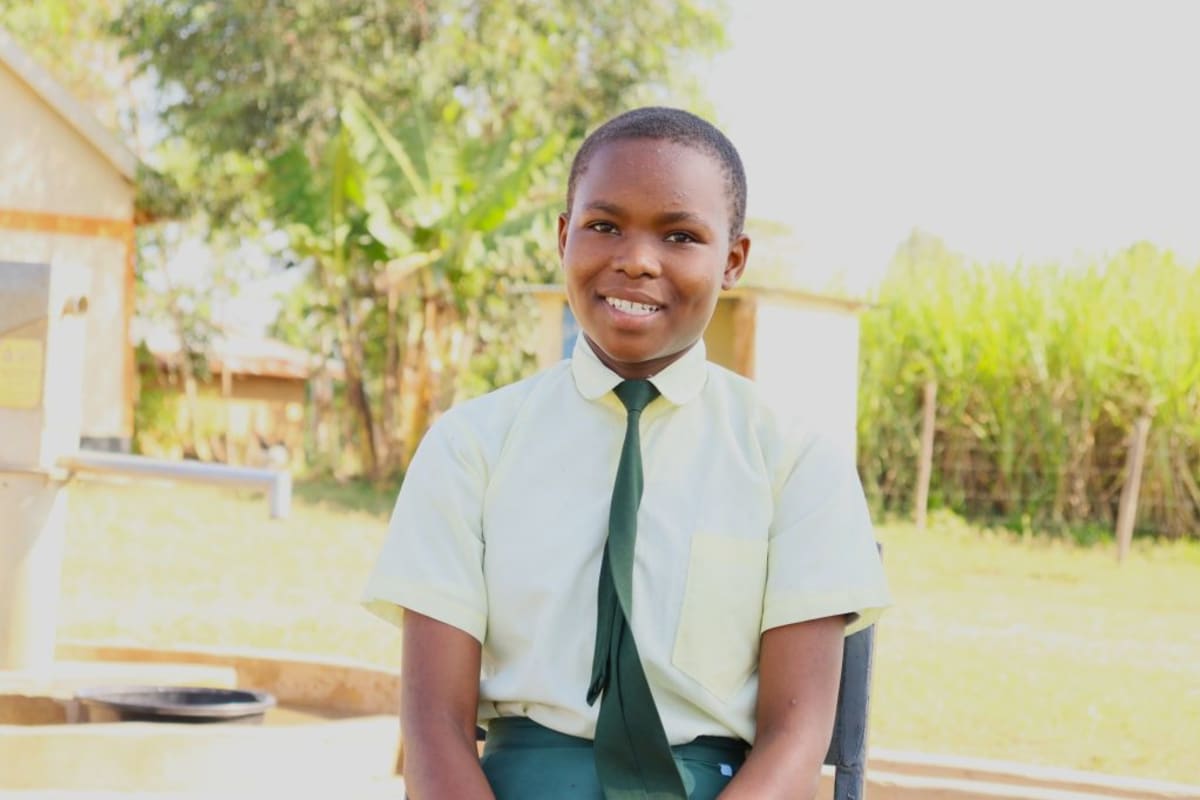
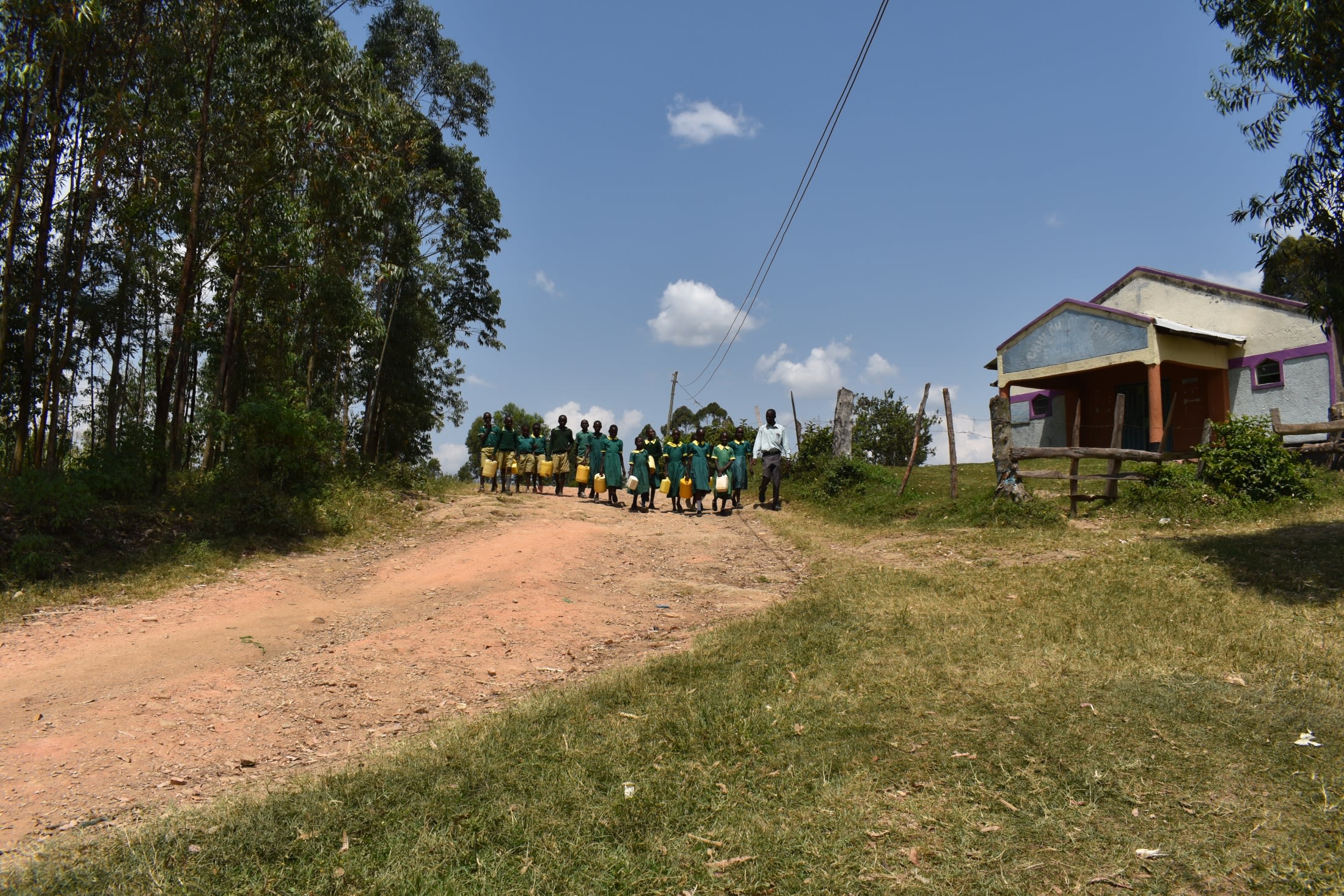
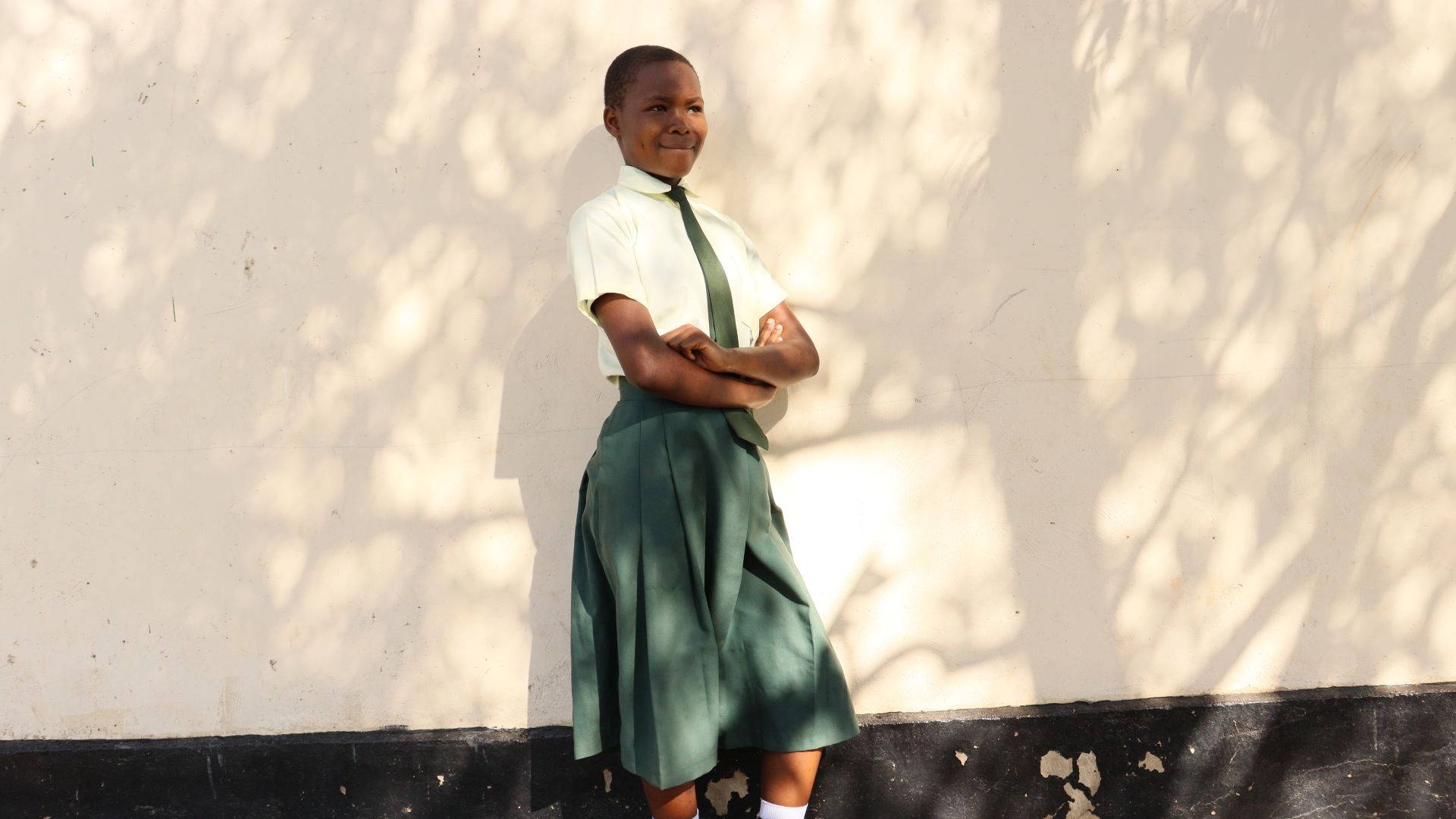
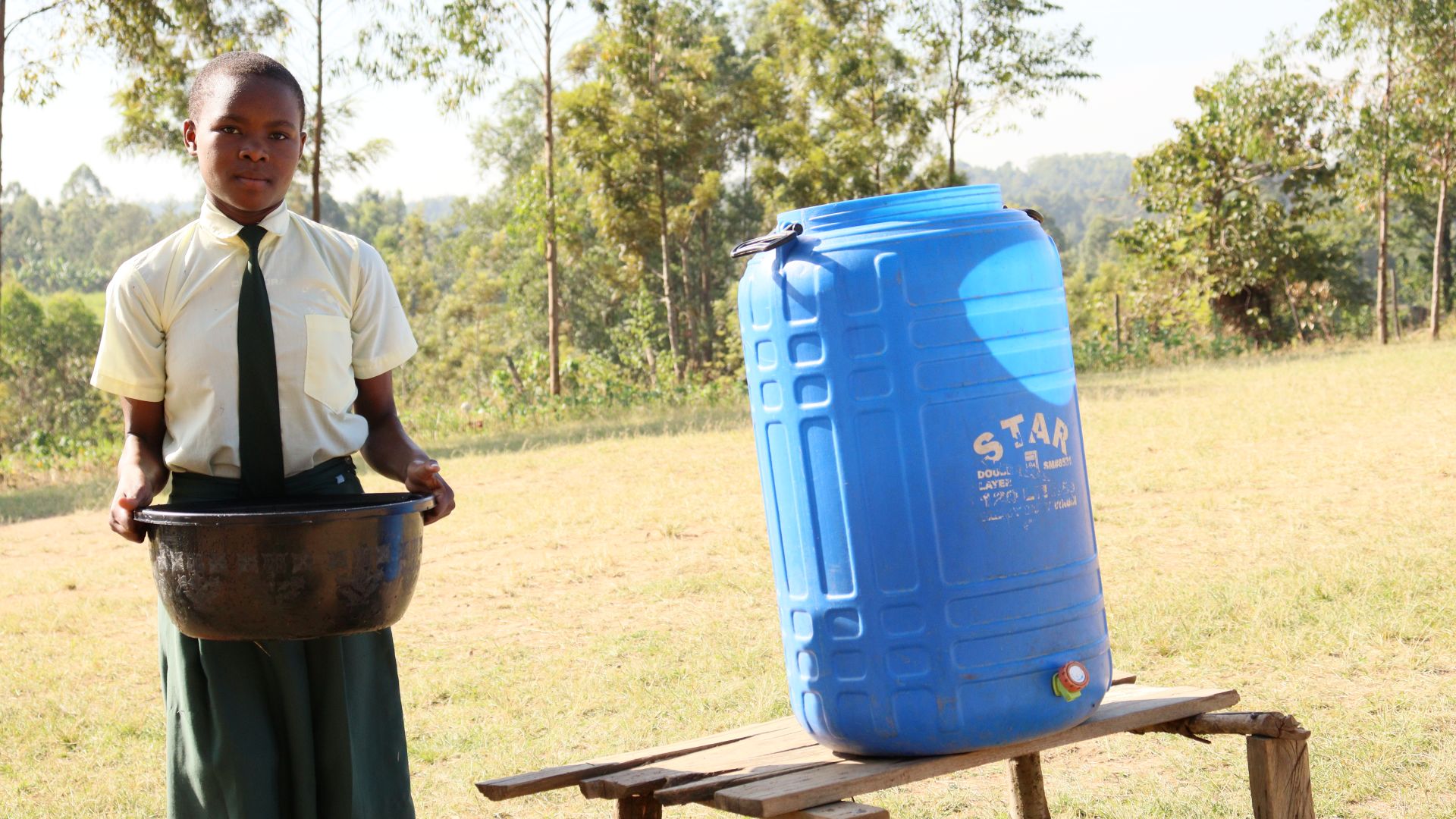
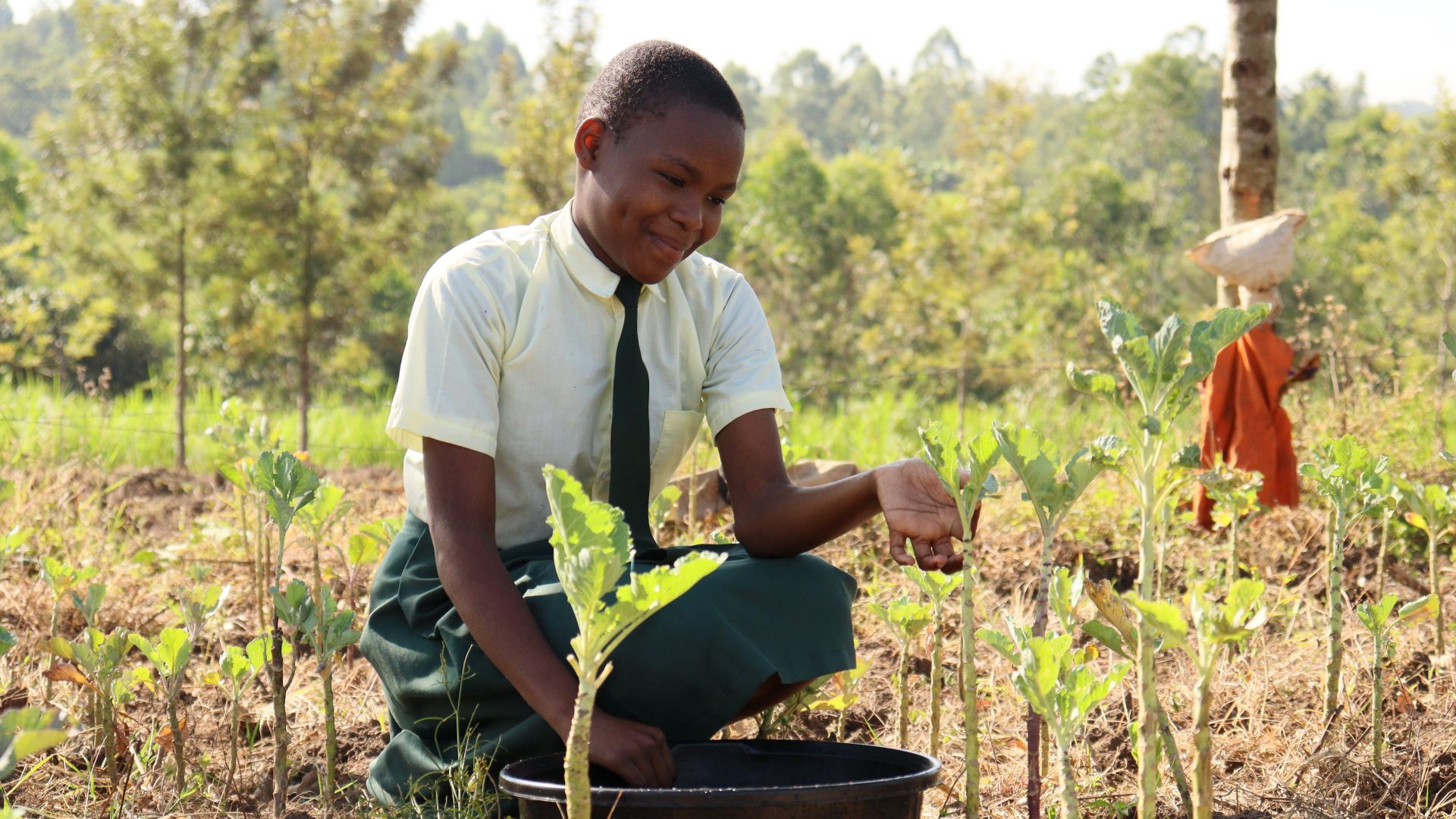

 Borehole Well and Hand Pump
Borehole Well and Hand Pump
 Rehabilitation Project
Rehabilitation Project

































